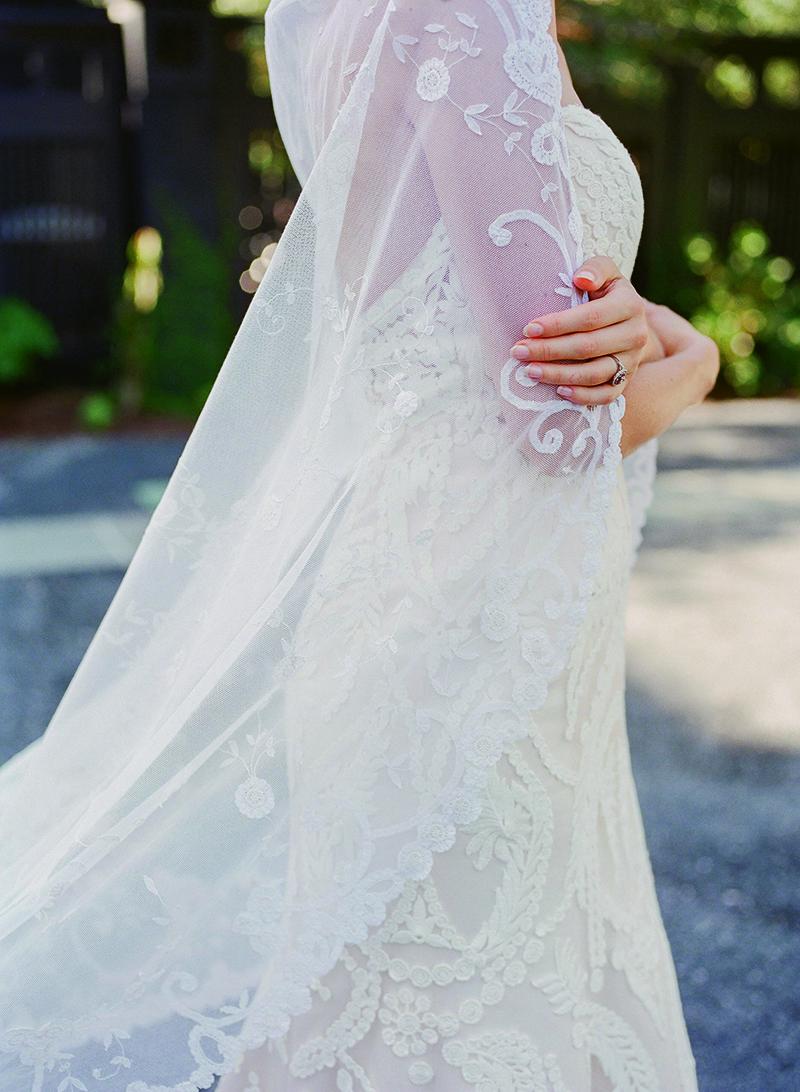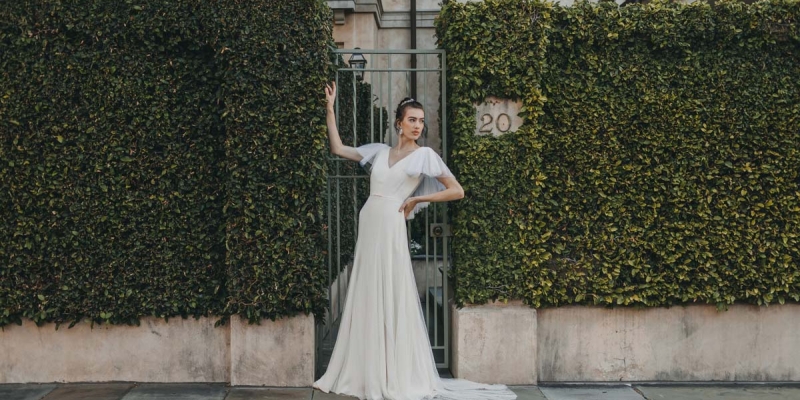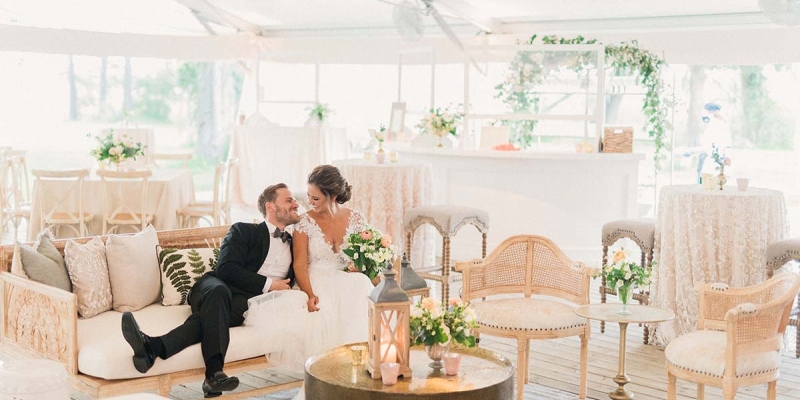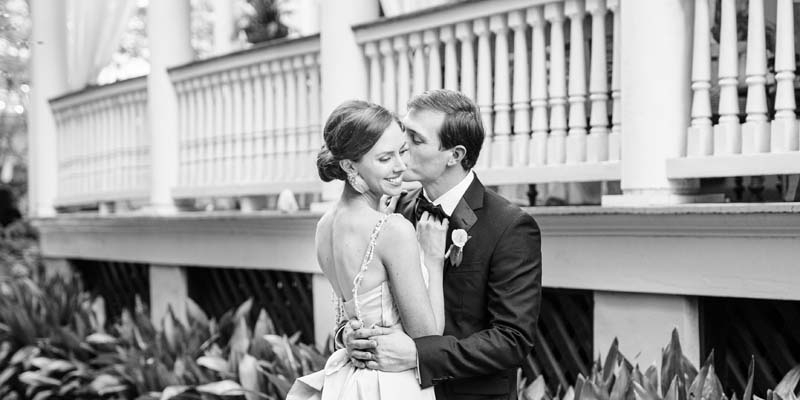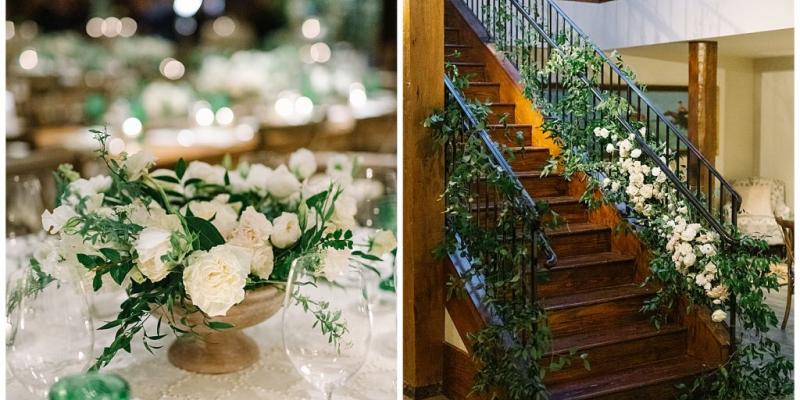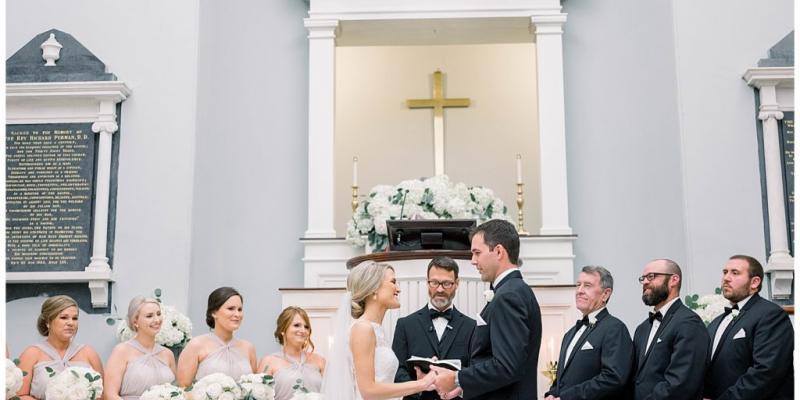Jacqueline Sydnor has only one requisite for her sons’ future wives. “My boys aren’t getting married unless their fiancées wear the Snydor family veil,” she says. And while she seems to be joking, one can’t be 100 percent sure as veils—particularly those that are accented with Princess lace and imported from Belgium—are a big deal to the James Island resident. And rightly so.
Jacqueline’s
Mariée Lace Veils (843/557-4746), named after the French word for “bride” (mariée), is the sole U.S. commercial importer of new veils made from a specific type of lace that first caught favor in 19th century when Belgian royalty popularized the homegrown luxury item. Today, only three Belgian families with manufacturing and pattern rights commission and sell classic Belgian lace. And of the some 60 to 70 women employed by those merchants, only four still make the style called Princess lace, says Jacqueline.
Noted for tape lace embellishments that are transformed into scalloped borders and delicate shapes like scrolls, sprigs, flowers, petals, and leaves that are then hand-sewn onto rare, French cotton tulle, Jacqueline’s imported Princess lace is the rarest of rare. She first came across the heirloom material in 1990 when her mother-in-law—Birmingham, Alabama, gown designer—Tica Snydor loaned Jacqueline the family veil for her wedding. A Princess lace stunner that’s been in some eight Snydor ceremonies to date, it ignited a passion in Jacqueline for the fabric. Since then, she inherited Tica’s exclusive contract with one of the lace-merchant families, the only one who produces, you guessed it—Princess lace.
This year, Jacqueline plans to visit her Belgian contacts again and track down museums that house their predecessors’ fine handwork. And as for what her quest to keep the finery in circulation means to Lowcountry brides, she says the luxury item makes perfect sense in the Holy City. “If I had to pick a town that truly appreciates heritage, tradition, and family heirlooms, it’s Charleston,” she says. And as for her boys and those sweethearts she mentioned before? Given that they are in grade school, the pressure’s off—at least for the time being.
Did You Know?
• In recent years, only eight veils are produced annually by Mariée Lace Veil’s makers.
• The youngest of the four Princess lace makers Jacqueline Snydor works with is in her 50s; the rest count themselves as over 65.
• It can take up to 500 hours to hand-stitch one cathedral-length veil with Princess lace.
• Because Princess lace involves sewing on decorative embellishments, multiple makers can contribute to one finished veil .
• Princess lace veils must be hand-washed and stored in acid-free tissue paper.
